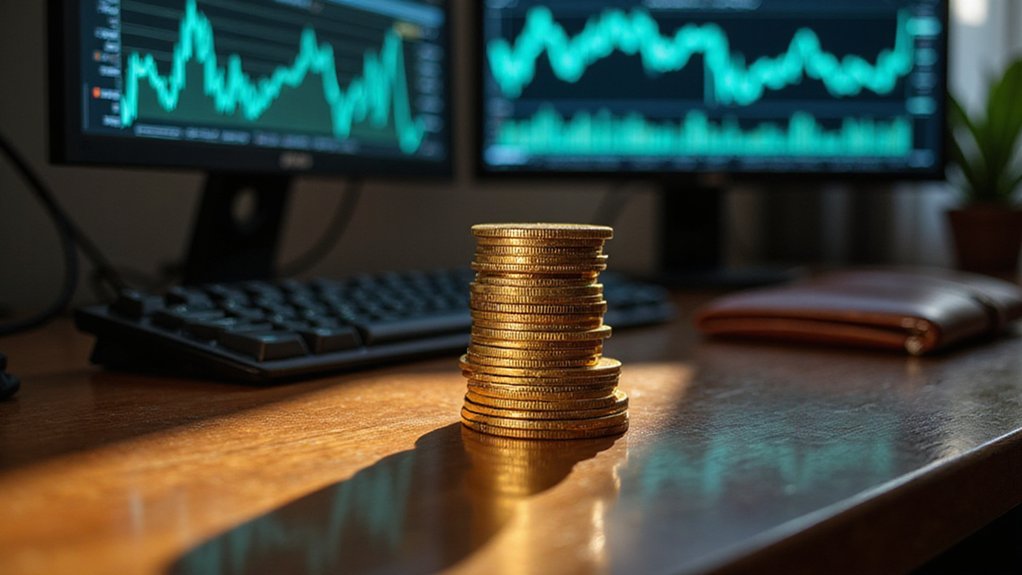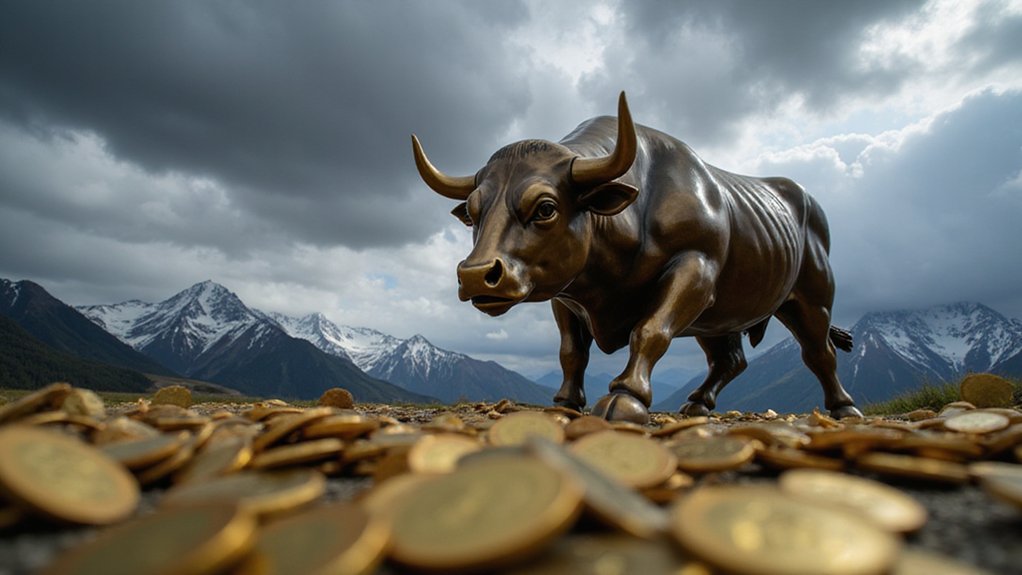How does one amass tens of billions of dollars from digital tokens that didn’t exist two decades ago, only to watch fortunes evaporate and reconstitute with the volatility of a seismograph during an earthquake? The crypto billionaire phenomenon offers a masterclass in extreme wealth creation punctuated by regulatory reckoning and market turbulence that would make traditional financiers reach for antacids.
Changpeng Zhao exemplifies this volatility with breathtaking precision. His journey from $65 billion peak in 2022 to a humbling $5 billion, then back to $63 billion by 2025, reads like a financial thriller—complete with money laundering charges, $200 million in fines, and a brief prison stint that presumably offered excellent networking opportunities with other entrepreneurial spirits.
Binance, his exchange empire, paid an additional $4.5 billion in regulatory penalties, proving that compliance costs can indeed rival small nations’ GDP.
The crypto elite’s combined $164 billion fortune across sixteen individuals demonstrates remarkable wealth concentration in a supposedly decentralized ecosystem. Justin Sun, commanding $8.5 billion through TRON and strategic acquisitions like Poloniex, continues maneuvering SEC investigations with characteristic flair. His high-profile market theatrics suggest someone who views regulatory scrutiny as merely another form of publicity.
Chris Larsen’s $7.5 billion fortune, anchored in XRP and Ripple equity, reflects enterprise blockchain adoption despite prolonged SEC battles over XRP’s classification—a regulatory soap opera spanning years.
Meanwhile, Matthew Roszak‘s $1.8 billion demonstrates the profound returns available to those bold enough to purchase confiscated bitcoins at distressed prices, transforming government seizures into personal treasure troves. His company Bloq emerged as a critical infrastructure provider, helping banks navigate crypto storage and stablecoin transactions in an increasingly digital financial landscape.
These fortunes rest precariously on platforms reshaping global financial infrastructure. Binance dominates trading volume while Ripple revolutionizes cross-border payments, and TRON expands into decentralized applications. Giancarlo Devasini’s Tether empire generated over $6 billion in profit during 2024 from customer asset interest, showcasing the lucrative nature of stablecoin operations.
Yet their success stories intertwine with allegations of inadequate compliance mechanisms and money laundering concerns that persist like stubborn background radiation. The cryptocurrency sector’s approach to regulatory compliance demonstrates how adherence to laws and guidelines can significantly impact operational success and help companies avoid the costly violations that have plagued several industry giants.
The regulatory environment remains fragmented, with enforcement priorities emphasizing consumer protection and anti-money laundering measures. As crypto centi-millionaires multiply, the sector’s economic clout grows alongside governmental scrutiny, creating an ongoing tension between innovation and systemic risk management that defines this peculiar corner of modern finance.









